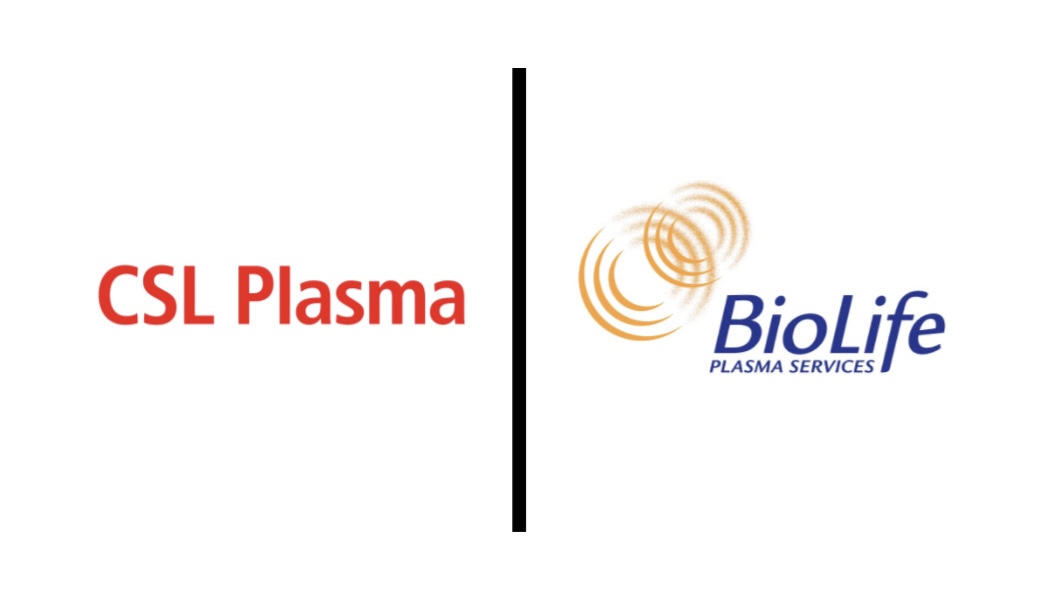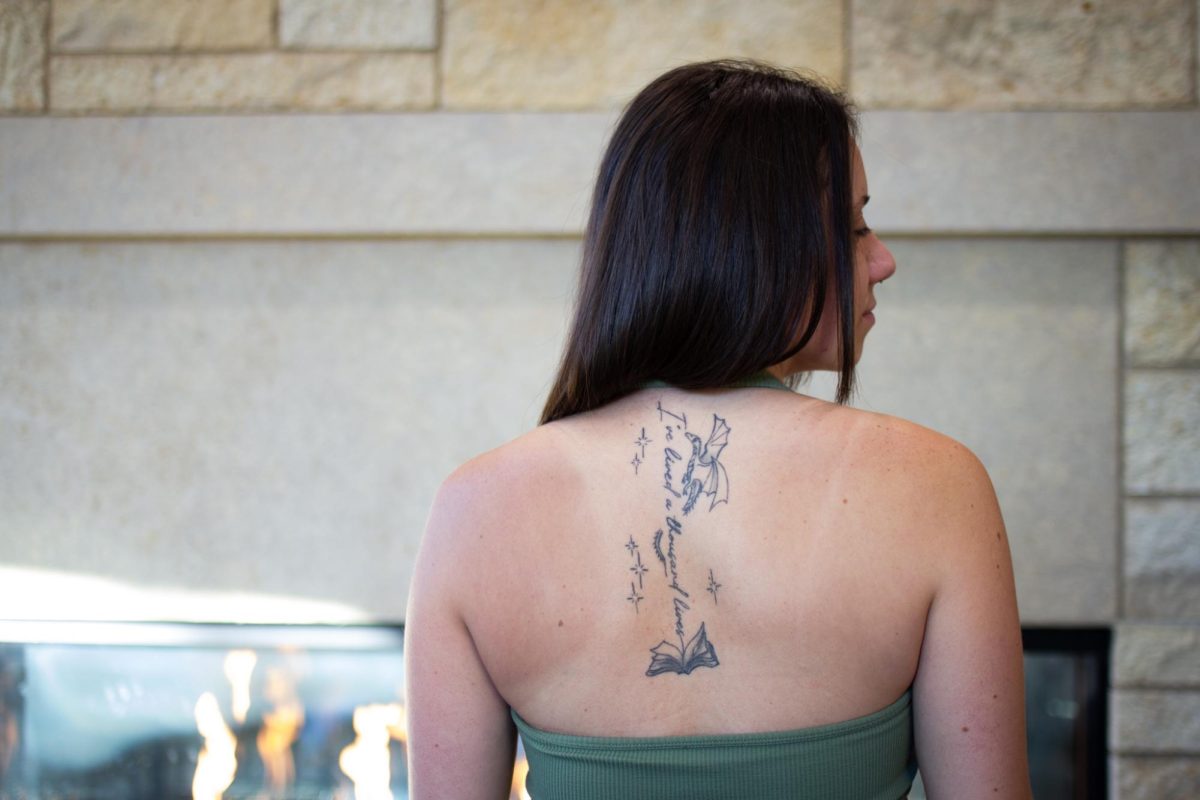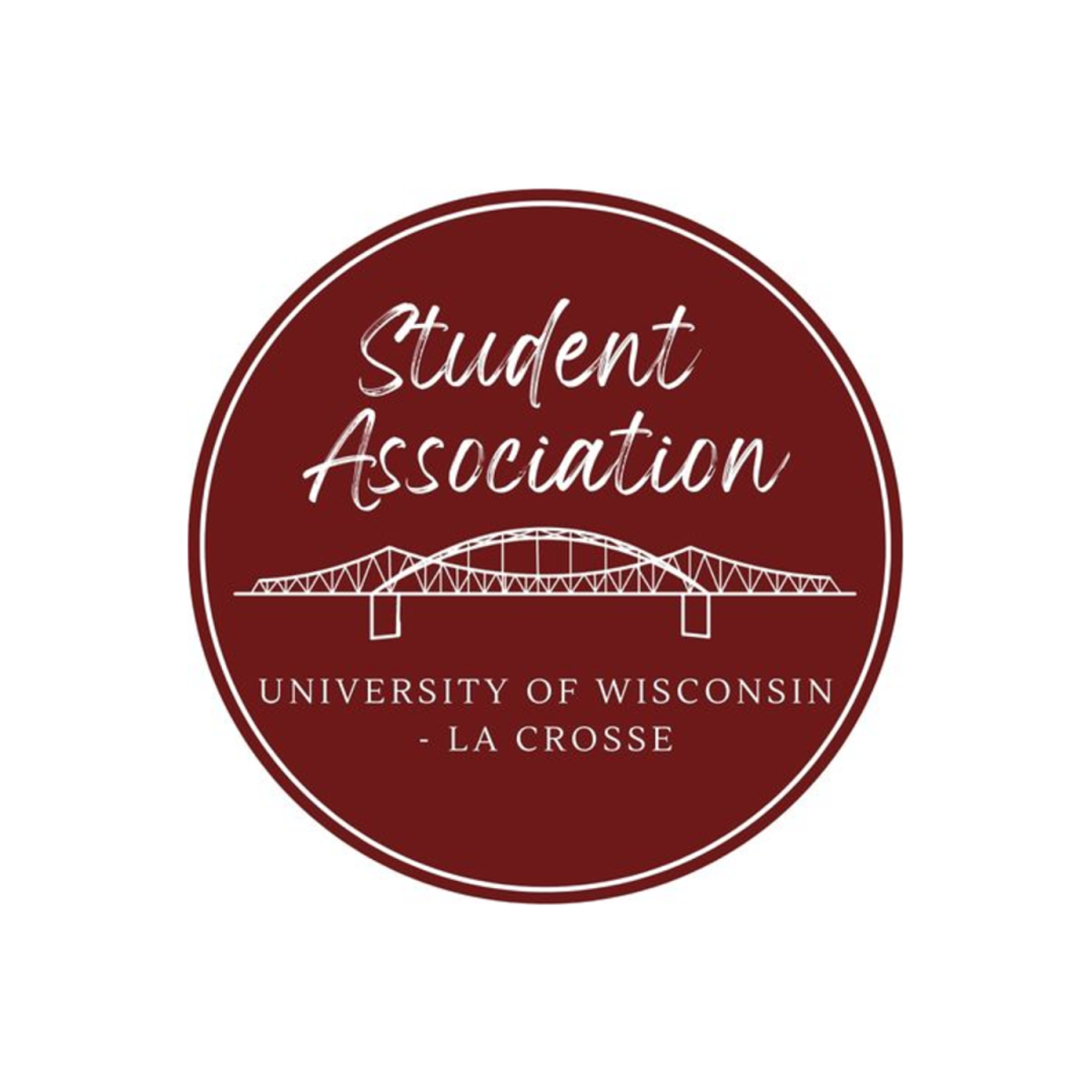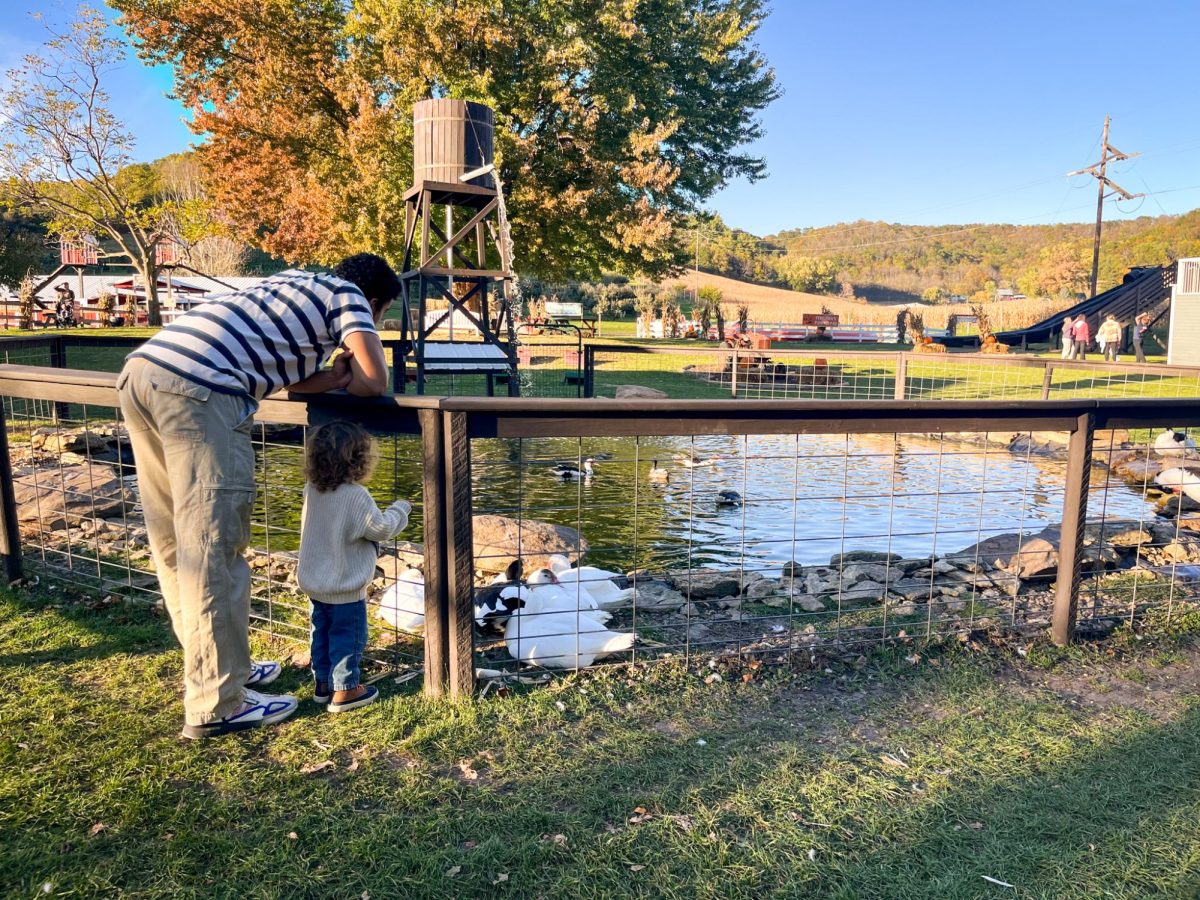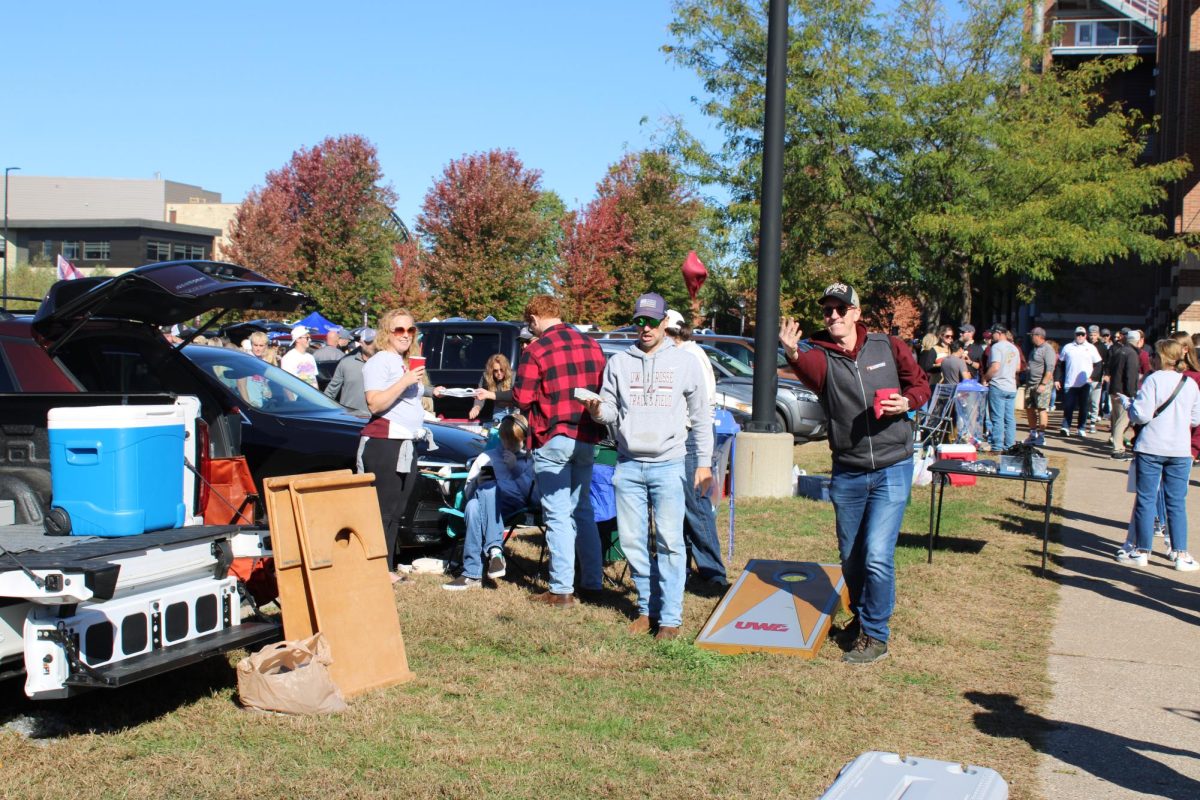Donating plasma is a quick and easy way to make fast cash. With the only requirements being that a donor is at least 18 years old, weighs at least 110 pounds, has not gotten tattoos or piercings in four months, is in good health and has a valid ID and permanent address, many college students find themselves applying to donate at their local donation centers.
Plasma makes up roughly 55% of your blood and plays many vital roles in keeping the body alive and well. It is what carries oxygen, nutrients, water and other necessities throughout the body so that blood pressure is maintained and body temperatures are regulated. Plasma also transports proteins that help fight infections and support the body’s healing from injuries and illnesses.
These donations are mostly used when someone needs more plasma because of burns, shock, trauma or other medical emergencies. La Crosse has two main plasma donation centers, BioLife Plasma Services and CSL Plasma.
Caleb Tuley, a second-year student at UWL and phlebotomist for CSL Plasma, sat down with The Racquet Press to talk about some of the benefits of donating, other than helping those in need.
New donors typically receive around $50 for their first donation, plus an additional $50 as a new donor bonus. The base payment can vary depending on the amount of plasma donated, and the bonus is only available for the first few visits. After donating, payments are loaded onto a prepaid debit card.
“There’s obviously a big financial benefit to it… but then we have a lot of other people who come in and donate because they themselves or a loved one has needed plasma and ever since that incident they started donating plasma,” Tuley said.
At both CSL Plasma and BioLife Plasma Services, donors can download an app that offers opportunities to win extra rewards. If a donor exceeds five donations in a month, each additional donation enters them into a raffle for a chance to win prizes. These prizes range from air fryers to $50 Amazon gift cards, and more.
“It’s [the rewards program] just a little incentive to get people to come in and donate more regularly,” Tuley said.
If a donor were to give the maximum amount of plasma per month, without the new donor bonuses, they could be averaging an income of approximately $400 per month. This payout is one of the main reasons university students are frequenting their local donation centers.
“People with large class loads or athletes involved in sports often come in to donate because they don’t have time to work and two hours a week for 100 plus dollars is better than nothing,” Tuley said.
Hally Holker, a third-year student and setter for the UWL volleyball team shared how donating plasma has affected her financially.
“Being a student and a student athlete I don’t have a lot of time to work so just having that extra cash flow is really nice to have. It helps me pay for gas or groceries or a coffee for the week to treat myself,” Holker said.
Since starting to donate at the beginning of the fall, Holker said she has made roughly $2,000 donating to CSL Plasma. She describes the money she receives from CSL Plasma as her “fun money” because it’s on its own prepaid debit card disconnected from any of her personal accounts.
Another UWL student, Lacey Brander, used her plasma donation money for different reasons. After a semester of donating, Brander made roughly $800, seemingly the perfect amount to pay for her family’s Christmas presents and a new room renovation.
“I donated because I wanted to redecorate my room…after every appointment when they would load that debit card up I would go on Amazon and order something new for my room,” Brander said.
While donating can be a substantial form of income, it can be taxing on the body. Without proper eating habits and hydration, donors risk fainting due to blood loss.
“I looked at it like going to a job…I even had a pre-donating ritual that I would do every night before I would donate,” Brander said.
Holker echoed Brander’s sentiment by saying, “I don’t think people realize that when you donate you’re losing a lot of water weight…you really do have to take care of yourself before and after you donate to make sure it’s safe”.
More information about donating plasma in La Crosse can be found at both CSL Plasma and BioLife Plasma Services’ websites.

